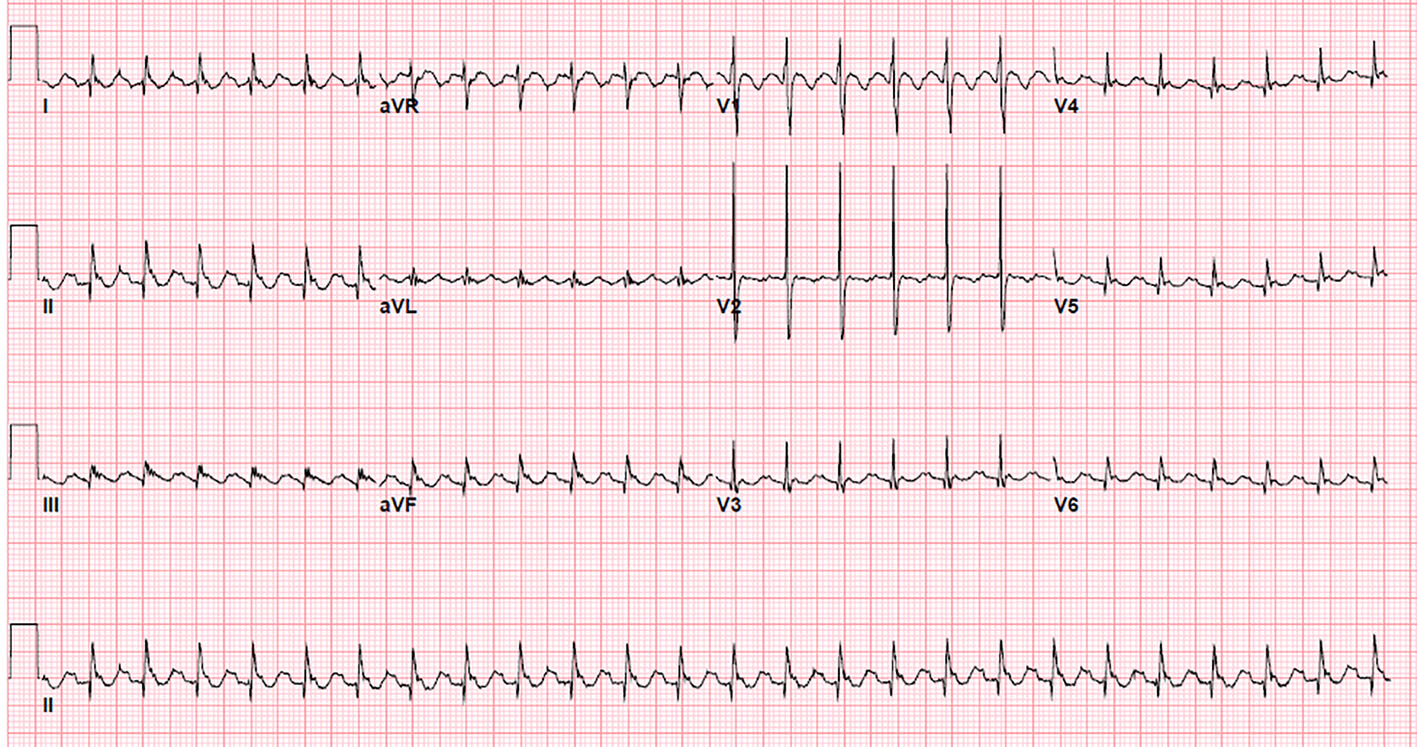

The atrial threshold test demonstrates loss of atrial capture. The most likely cause of heart failure decompensation in this case is loss of AV synchrony. What is the most likely cause of the heart failure decompensation based upon this pacing follow-up? The atrial threshold test can be seen in Figure 2.įigure 2: March 2021 Atrial Threshold TestĪ: Device EGMs with lead II, B: 12-lead ECG. On interrogation, no arrhythmia episodes had been recorded and RV thresholds were normal. Despite a high dose IV with furosemide, weight loss plateaued prompting a device check. The device was programmed DDDR 60 BPM with 100% atrial pacing and approximately 90% ventricular pacing.įigure 1: January 2019 Atrial Threshold TestĬlinically she had evidence of fluid overload and clinical heart failure with >10 kg recent weight gain. Otherwise, pacing checks had been normal with no further arrhythmic events. Since the ablation in 2015, the atrial threshold had been chronically elevated ms) with evidence of atrial latency ( Figure 1). During this procedure, a focal AT was identified proximal to the position of the right atrial pacing lead and ablated. A third ablation was performed in 2015 for symptomatic atrial tachycardia (AT). In 2013, she had a surgical atrial septal defect (ASD) closure and bi-atrial dilation had been seen on echocardiography. She had a dual chamber pacemaker in situ (Proponent TM, Boston Scientific) which was implanted in 2012, following periods of sinus arrest, following a redo typical atrial flutter ablation. Royal Brompton Hospital, Guys and St Thomas’ NHS Foundation TrustĪ 75-year-old female was admitted to hospital in March 2021 with a suspected acute heart failure decompensation. Jonathan Behar, MBBS PhD MRCP CCDS CEPS FEHRA


 0 kommentar(er)
0 kommentar(er)
